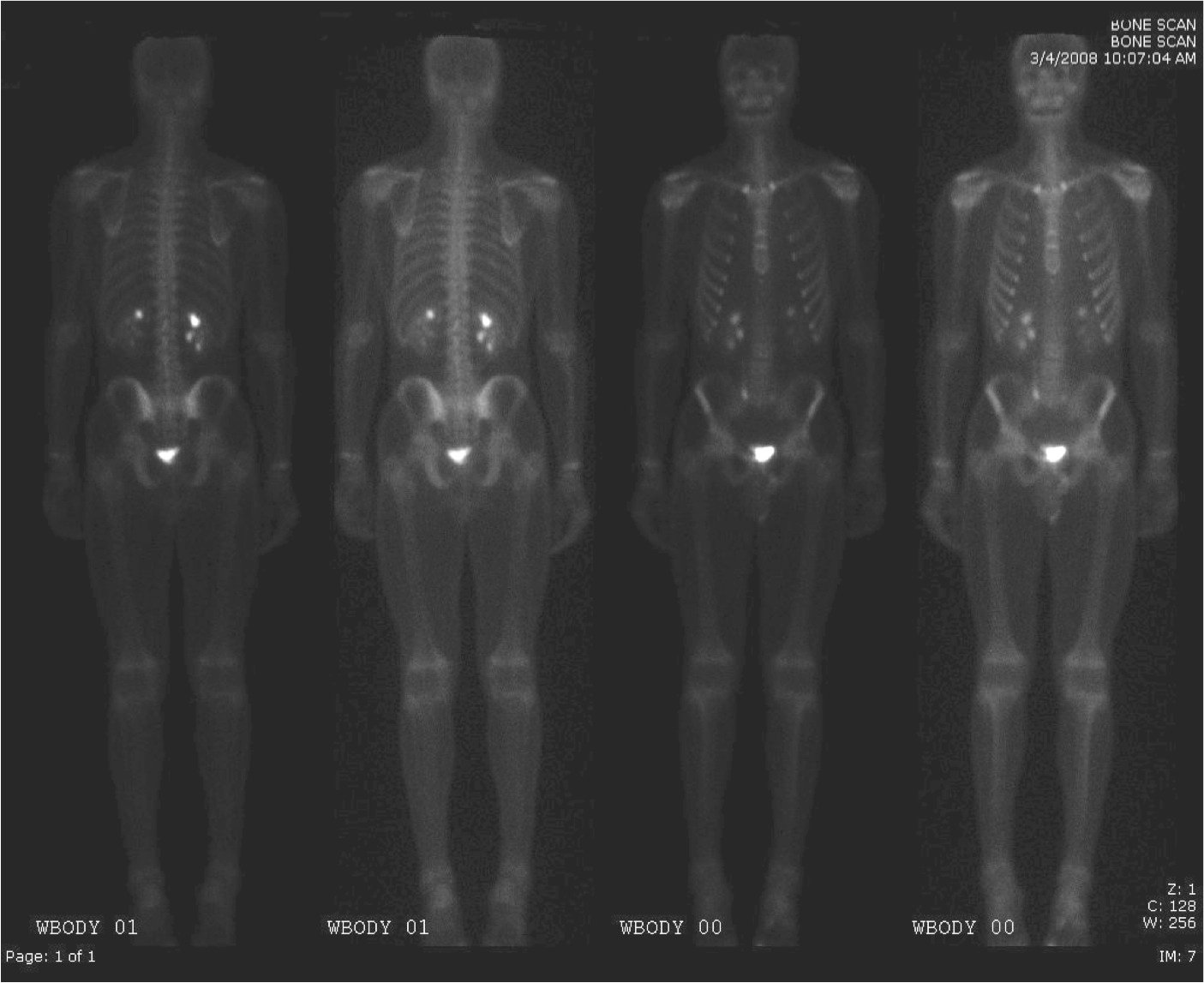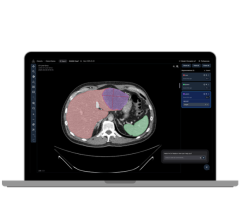
June 12, 2015 - Post-treatment surveillance with molecular imaging could mean the early start of a new, life-saving treatment for non-Hodgkin lymphoma (NHL), said researchers at the 2015 Annual Meeting of the Society of Nuclear Medicine and Molecular Imaging (SNMMI).
NHL - a potentially devastating cancer of the blood and immune system - is the fifth most prevalent cancer in America, according to lead author Mehdi Taghipour, M.D., a research fellow from the department of radiology at the Johns Hopkins Medical Institutions in Baltimore, Maryland. A majority of NHL patients are treated successfully with frontline chemotherapy, but about 20-50 percent of patients with aggressive lymphoma are expected to relapse within three years. Functional and structural imaging with a combination of positron emission tomography and computed tomography (PET/CT) has the potential to catch a relapse in its earliest stages.
"A permanent cure may still be achieved using salvage chemotherapy, but early diagnosis of a relapse is essential," said Taghipour. "PET/CT imaging is superior to conventional imaging for NHL, but the role of post-treatment PET/CT has been controversial. Our study proves that 39 percent of follow-up PET/CT scans added clinical value, which represents a significant improvement in NHL patient care."
The study included a collective 560 PET/CT scans from 204 patients. Imaging was performed six months or more after completion of primary therapy. Researchers assessed the value of follow-up PET/CT by conducting statistical analysis to determine changes in patient management and evaluated the accuracy of these scans comparing to either histopathology or additional six-month follow-up.
Results of the study showed that the sensitivity of PET/CT for detecting relapsed NHL was 95.1 percent. Specificity, or the ability to rule out NHL, was gauged at 90.5 percent. Positive and negative predictive values, which provide insight into the ability of the scan to accurately determine the presence or absence of a disease, were 84.5 percent and 97.1 percent, respectively. Lastly, overall accuracy of follow-up PET/CT with the common imaging agent fluorodeoxyglucose (FDG), which provides a map of cellular metabolic activity, was 92.1 percent.
Follow-up PET/CT led to changes in patient management in 17 percent of scan times, and new treatments were initiated after 15.7 percent of scan times. More than 69 percent of scans were performed without prior clinical suspicion of recurrence, and 30.7 percent of scans were ordered because of suspected disease, More than 22 percent of follow-up scans showed suspected disease when there was no clinical suspicion for disease recurrence, and presence of disease was ruled out in 17.4 percent of scans while the treating physician suspected recurrence prior to the scan.
An estimated 71,850 people will be diagnosed with NHL and 19,790 people will die of the disease this year, according to 2015 statistics from the American Cancer Society.
For more information: www.snmmi.org


 December 01, 2025
December 01, 2025 









